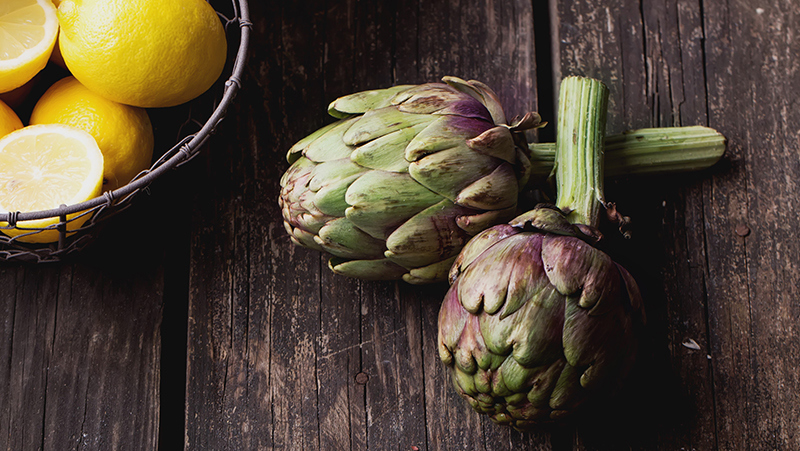Yates Account
Join now
Create a Yates account today!
Sign up to join the Yates Garden Club for monthly e-mails packed with seasonal inspiration, tips for success & exclusive promotions.
Plus if you’re a Garden Club member you can take part in the Yates Growing Community - a blog to share successes, get advice & win prizes in fun challenges along the way!

Forgot password
Enter the email address associated with your account, and we'll email you a new password.

Globe artichokes can be grown from seed, shoots or suckers. Suckers are small plants which grow at the base of the plant. Jerusalem artichokes (Helianthus tuberosus) are sunflowers, and while we admire the pretty blooms, it’s the underground tubers we’re interested in harvesting. Grow Jerusalem artichokes from tubers and ensure you have plenty of space as they can grow up to 3m tall.
How to grow artichokes in a garden
- Start by preparing the garden bed with organic compost and Yates Thrive Natural Blood & Bone with Seaweed. If soil is acidic, mix in a small amount of Yates Hydrangea Pinking Liquid Lime & Dolomite before planting.
- Sow seeds, suckers or tubers directly where they are to grow, cover lightly with Yates Black Magic Seed Raising Mix, gently firm down and keep moist. Thin seedlings to 60cm apart and feed every two weeks with Yates Thrive Vegie & Herb Liquid Plant Food.
- If you’ve planted Jerusalem artichokes, in autumn the plants begin to die back and, when they’re completely brown, the harvest can begin. Use your hands to ‘bandicoot’ under the plant bases and pull out the tubers – they look a bit like knotted potatoes.
- If you’ve planted Globe artichokes, they’re generally ready to harvest in spring. Pick the buds when they are firm, but just before they open. Tip: Use a sharp knife to cut the stem and leave a few centimetres of stem.

How to grow artichokes in a pot
- Globe artichokes like to spread, so ensure the pot is 1m wide and at least 30cm deep. Fill pot with Yates Premium Potting Mix and plant.
Growing tips
- Good drainage is essential.
- Water the base, especially early in the day so the leaves have time to dry before nightfall; this will help keep the plants disease free.
- Artichokes grow slowly and usually take more than a year to get to cropping stage. As they grow, thin out the shoots to leave only the three or four of the strongest. If you don’t do this, you’ll end up with a myriad of weak, small heads.
- Artichokes are perennials, so they will continue to grow year after year, for up to three or four years. Cut plants back towards the end of autumn and feed with Yates Thrive Natural Seaweed & Fish Plus Fert as the new shoots appear.

















Share
Share this article on social media